Sant’Anna Cemetery: A Testament to History and Culture
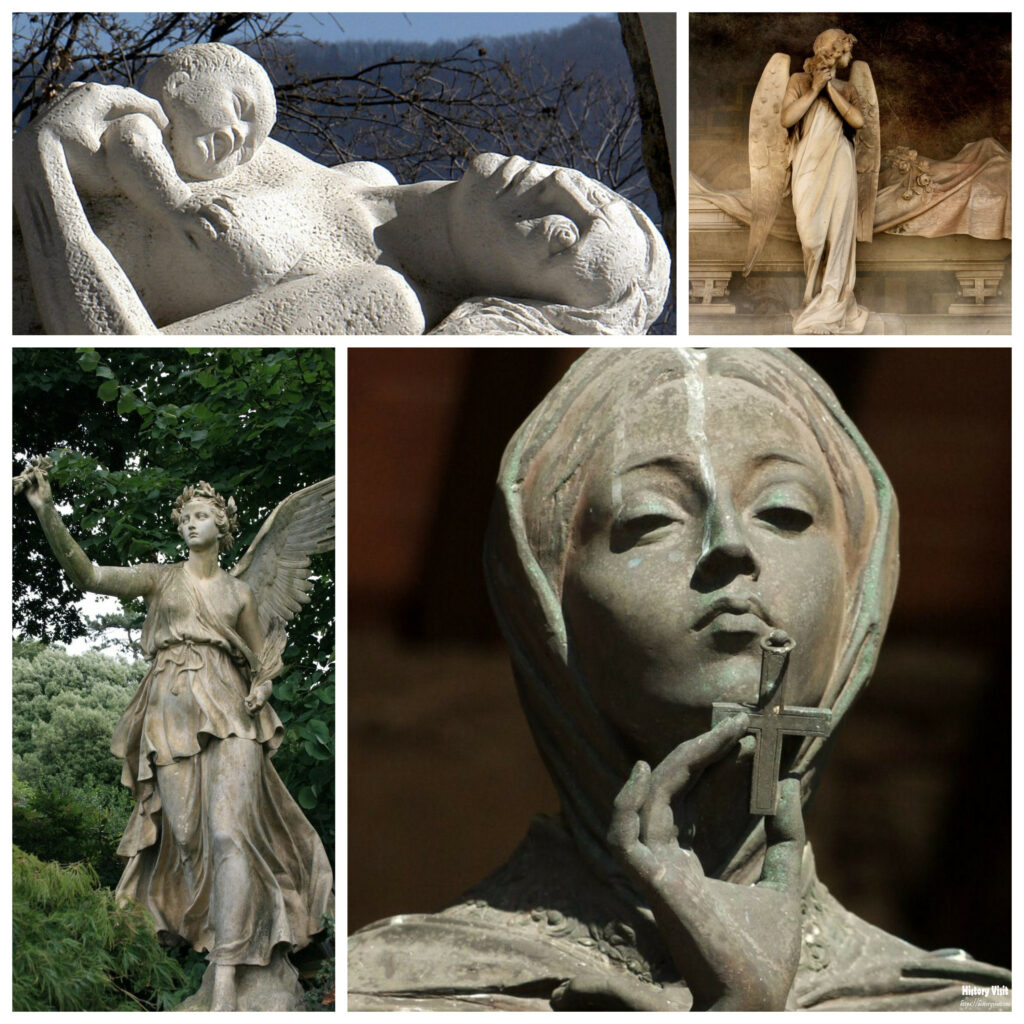
Introduction
Sant’Anna Cemetery in Italy stands as a poignant and multifaceted testament to the country’s rich history, architectural elegance, and cultural depth. Located in the serene Tuscan landscape, this cemetery is far more than a burial ground; it is a powerful symbol of remembrance and resilience. Established in the mid-19th century, it gained significant historical importance due to the tragic events of World War II, particularly the massacre of 1944, where 560 civilians lost their lives. This event transformed the cemetery into a place of profound historical reflection, honoring the victims and highlighting the stark realities of war.
In addition to its historical significance, Sant’Anna Cemetery is an architectural gem, harmonizing traditional Tuscan aesthetics with the natural surroundings. The cemetery’s layout and sculptures not only provide a space for mourning but also serve as cultural artifacts that tell the personal stories of those interred there. Educational programs and commemorative events further enrich the cemetery’s role, offering a place for learning and reflection. Efforts to preserve the memory of the past, through meticulous maintenance and digital archiving, ensure that the lessons and legacies of Sant’Anna continue to inspire future generations.
Historical Significance
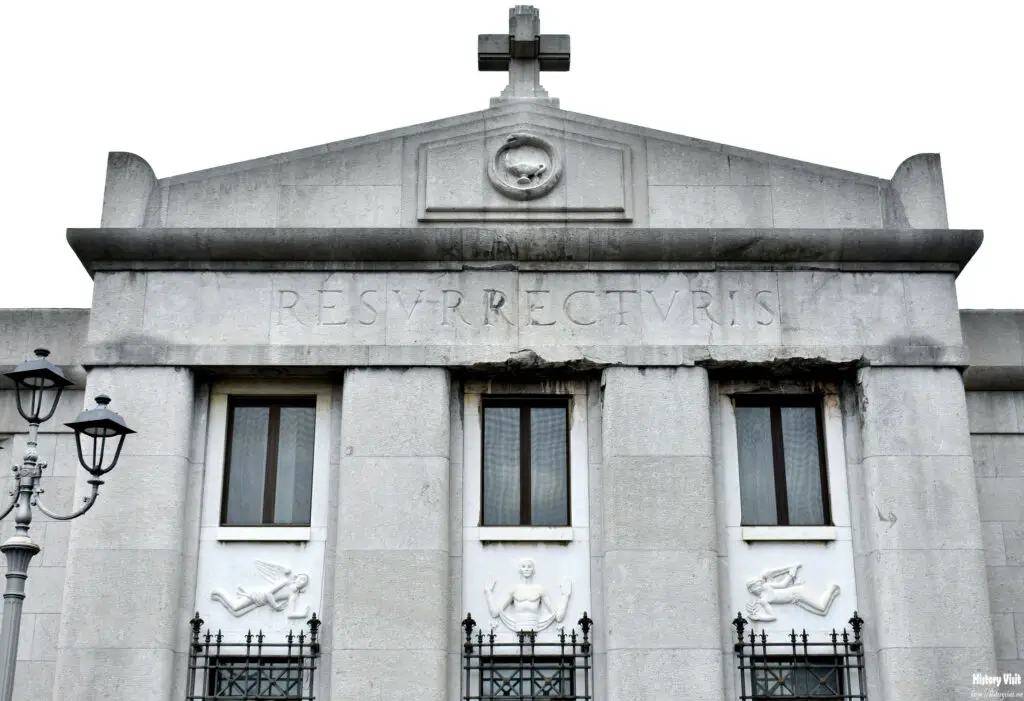
Sant’Anna Cemetery, nestled in the picturesque Tuscan region of Italy, holds profound historical significance that resonates through its tranquil grounds. Established in the mid-19th century, the cemetery became a poignant symbol of the region’s turbulent history, particularly during World War II. The site gained prominence following the tragic massacre on August 12, 1944, when Nazi forces brutally killed 560 civilians, predominantly women and children, in Sant’Anna di Stazzema. This horrific event imprinted a deep scar on the community and turned the cemetery into a somber memorial, honoring the victims of one of the war’s many atrocities.
In the years following the massacre, Sant’Anna Cemetery has evolved into a place of pilgrimage for those seeking to understand and remember the horrors of war. Historical narratives are preserved not just in history books but in the very soil and stones of the cemetery, offering a tangible connection to the past. The cemetery stands as a testament to the resilience of the local community, serving as a stark reminder of the costs of conflict and the value of peace. Today, it remains a focal point for commemorative events and ceremonies, ensuring that the memory of the fallen is kept alive for future generations.
The cemetery’s establishment and continued existence also reflect broader historical themes, such as the impact of fascism on Italy and the resilience of the human spirit in the face of unimaginable atrocities. The presence of the cemetery highlights the importance of local history in the broader context of global events, serving as a microcosm of the broader human experience during World War II. As such, it is not only a site of local significance but also a part of the global narrative of war, memory, and reconciliation.
Moreover, the historical significance of Sant’Anna Cemetery is reinforced by the annual commemorative events that draw visitors from all over the world. These events often include speeches by survivors, historians, and political leaders, who reflect on the events of 1944 and their relevance today. Such gatherings serve to renew the commitment to remembering the past and learning from it, ensuring that the lessons of Sant’Anna di Stazzema continue to resonate with new generations.
Architectural and Cultural Aspects
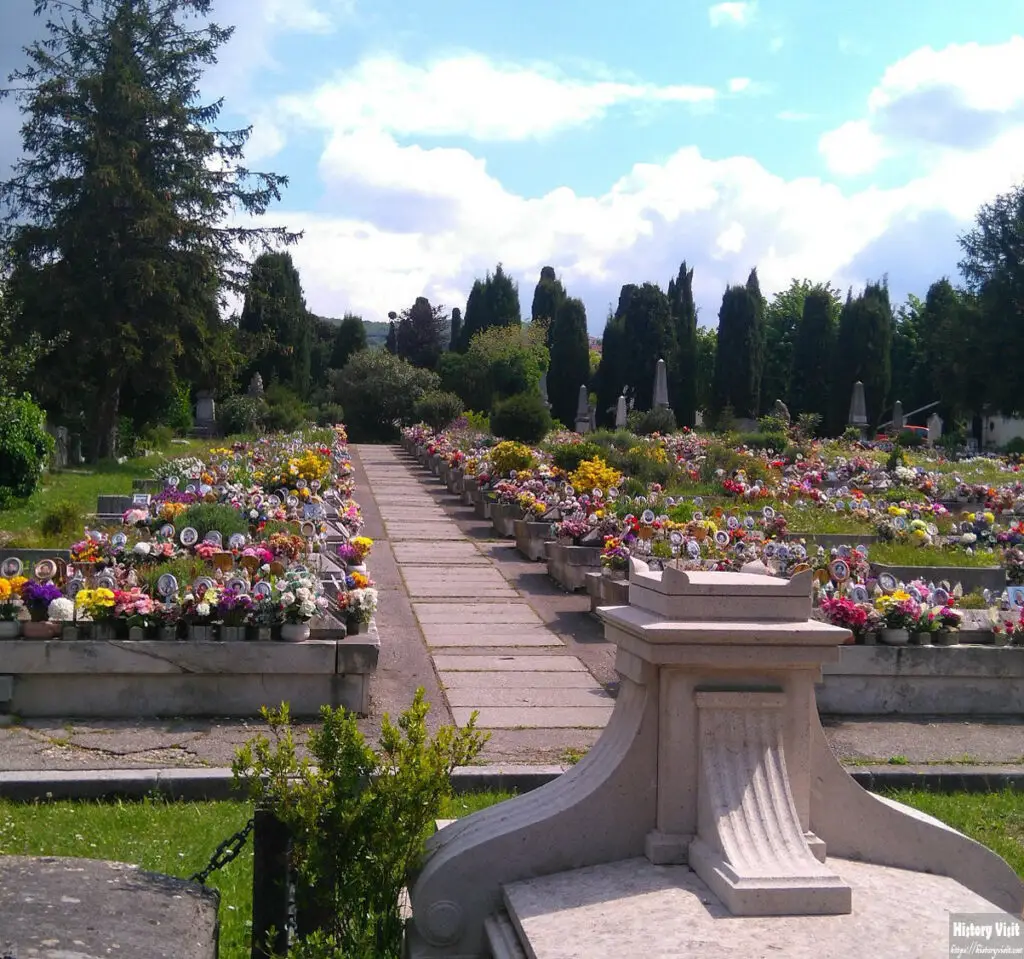
Architecturally, Sant’Anna Cemetery reflects the typical Tuscan style, characterized by its simplicity and harmony with the natural landscape. The entrance is marked by a modest gate, leading visitors along pathways lined with cypress trees, a common feature in Italian cemeteries symbolizing eternity and mourning. The layout of the cemetery is carefully planned, with graves and memorials arranged in a manner that promotes contemplation and respect. The use of local stone and traditional masonry techniques further integrates the cemetery into its rural surroundings, creating a serene and contemplative atmosphere.
The architectural elements of the cemetery are designed to blend seamlessly with the surrounding landscape, embodying the traditional Tuscan emphasis on natural beauty and simplicity. The understated elegance of the graves and memorials, combined with the natural splendor of the region, creates a space that feels both timeless and sacred. This integration of architecture and nature reflects the broader Italian cultural ethos, which values harmony between human creations and the natural world.
Culturally, the cemetery serves as a repository of local heritage, showcasing the deep connection between the community and their history. Many of the graves are adorned with personal mementos, photographs, and inscriptions that tell the stories of those who rest there. These personal touches highlight the cultural importance of remembering and honoring ancestors, a practice deeply embedded in Italian traditions. The cemetery also hosts various cultural events, including memorial services and educational tours, which reinforce its role as a living part of the community’s cultural fabric.
Additionally, the cemetery serves as a cultural landmark that underscores the importance of collective memory in Italian society. The presence of family plots, carefully maintained and often visited, illustrates the Italian tradition of honoring the deceased and maintaining strong familial bonds even after death. This cultural aspect is further emphasized by the communal nature of memorial events, which bring together people of all ages to remember and reflect. In this way, Sant’Anna Cemetery is not just a place of mourning, but a vibrant part of the community’s cultural life.
Sculptures in the Cemetery
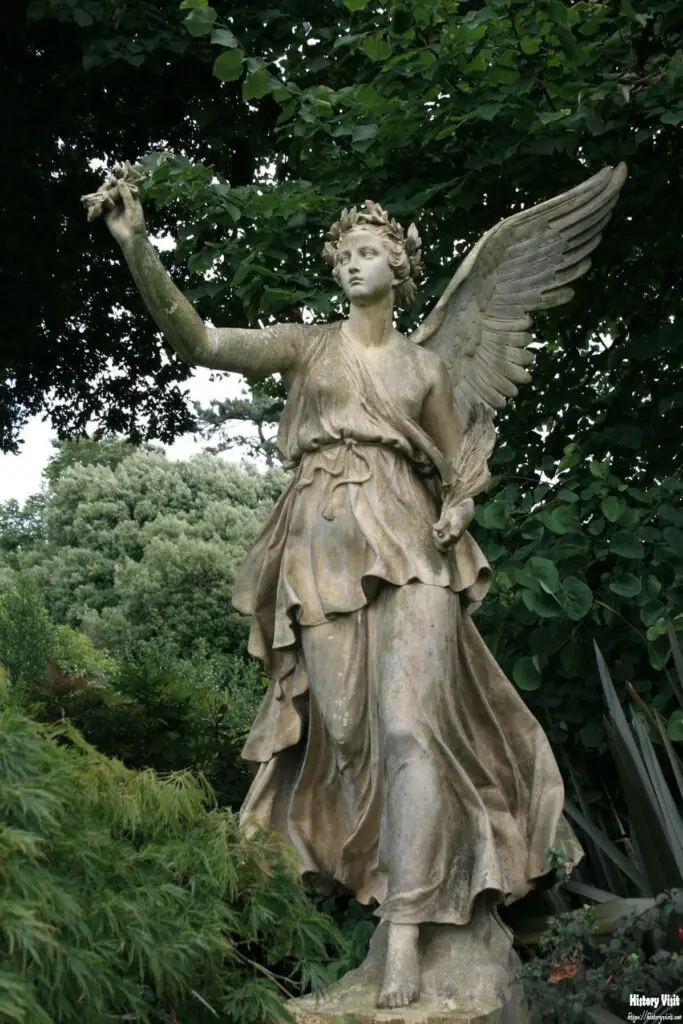
Sculptures play a significant role in the aesthetic and symbolic landscape of Sant’Anna Cemetery. Among the most striking is the monument dedicated to the victims of the 1944 massacre, a powerful piece that captures the anguish and resilience of the community. Crafted by renowned sculptors, these works of art serve as both memorials and educational tools, inviting visitors to reflect on the past and its impact on the present. The sculptures range from traditional religious figures, such as angels and saints, to more abstract representations of grief and hope.
Each sculpture in the cemetery carries its own story and significance. For instance, the Pietà-like statues evoke the sorrow of loss while offering solace through religious symbolism. These sculptures often depict the Virgin Mary cradling the body of Jesus, a poignant reminder of maternal love and sacrifice. Such imagery is particularly resonant in a place marked by the loss of so many innocent lives, providing a sense of spiritual comfort and continuity. Through these sculptures, the cemetery becomes a space where art and memory intersect, enriching the visitor’s experience.

Contemporary pieces in the cemetery often adopt a more abstract approach, encouraging viewers to engage with the concepts of memory and mourning in a personal way. These minimalist sculptures, with their clean lines and open forms, create a sense of space and possibility, inviting reflection and introspection. They stand in contrast to the more traditional religious statues, highlighting the diversity of artistic expression within the cemetery. This blend of old and new art forms reflects the ongoing evolution of how we commemorate and understand loss.
Sculptures in Sant’Anna Cemetery are not merely decorative but serve as focal points for reflection and remembrance. Each piece, whether traditional or contemporary, contributes to the overall narrative of the cemetery, telling stories of loss, resilience, and hope. These artistic elements enhance the cemetery’s role as a place of education and contemplation, offering visitors a deeply moving and thought-provoking experience. Through these sculptures, the cemetery transcends its function as a burial ground, becoming a powerful testament to human creativity and the enduring need to remember.
A Place of Education and Reflection
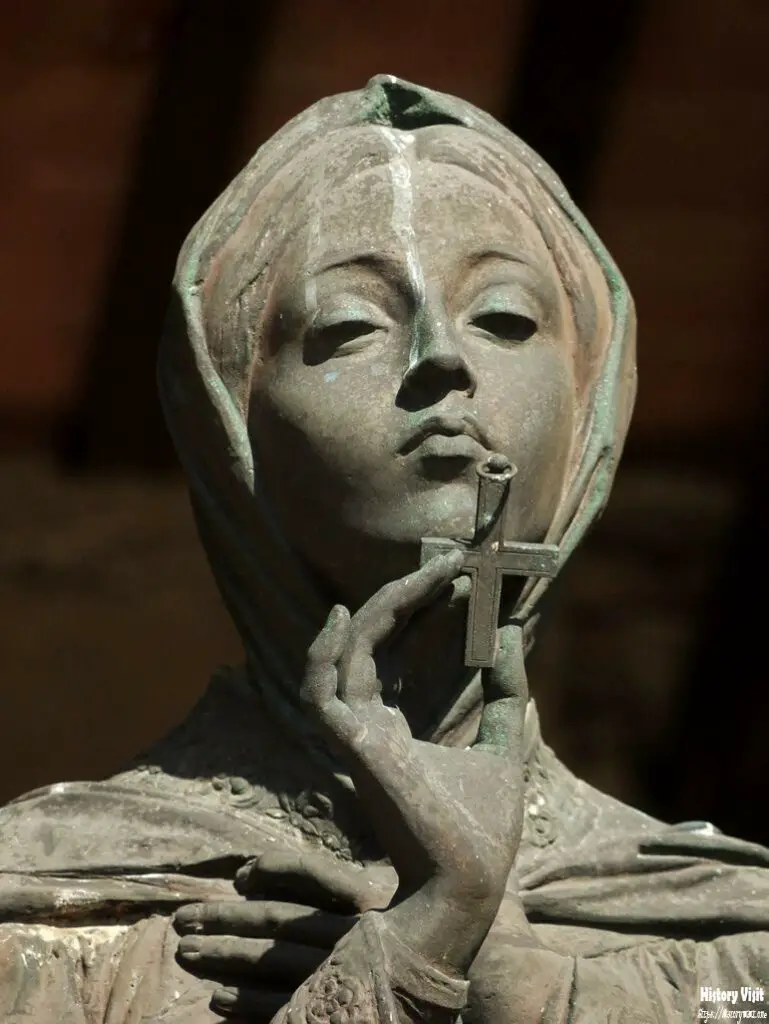
Sant’Anna Cemetery is not just a place for mourning but also for learning and reflection. The site offers educational programs aimed at schools and universities, providing a tangible context for studying World War II history and the broader themes of human rights and social justice. Guided tours and interactive exhibits help visitors, especially young students, grasp the historical events that took place and their lasting impact on the community. These educational initiatives foster a deeper understanding of history, emphasizing the importance of remembering the past to build a better future.
Reflection is another crucial aspect of the cemetery’s role. The peaceful environment, coupled with the evocative memorials, encourages visitors to contemplate the broader implications of war and violence. Benches placed strategically throughout the cemetery invite visitors to sit and reflect, offering a space for personal meditation and communal mourning. By providing these opportunities for reflection, Sant’Anna Cemetery helps individuals process their emotions and thoughts about the historical events commemorated there. This dual role of education and reflection makes the cemetery a unique and powerful site for both personal and collective growth.
The educational aspect of Sant’Anna Cemetery is further enhanced by partnerships with academic institutions and historical organizations. Workshops, seminars, and lectures held at the site attract scholars, students, and history enthusiasts from around the world. These events provide a platform for discussing not only the events of 1944 but also broader historical and ethical questions. Such intellectual engagement ensures that the cemetery remains a dynamic space for learning, where the past is continually reexamined and its lessons are brought to bear on contemporary issues.
In addition to formal educational programs, the cemetery also supports informal learning through its thoughtfully curated exhibits and informative plaques. These elements provide visitors with context and background information, helping them to understand the significance of what they see. Personal stories and testimonies are prominently featured, making the historical events more relatable and impactful. Through these efforts, Sant’Anna Cemetery fosters a deep and lasting engagement with history, encouraging visitors to reflect on the past and its relevance to the present and future.
Preserving Memory for Future Generations

Preserving the memory of the past for future generations is a core mission of Sant’Anna Cemetery. Efforts to maintain the site include meticulous care of the graves and monuments, ensuring that they remain intact and legible. The community and local government work together to fund restoration projects, preserving the historical and cultural integrity of the cemetery. These efforts are crucial in safeguarding the physical reminders of the past, which serve as educational tools and symbols of remembrance for visitors.
Digital archiving is another method employed to preserve the memory of Sant’Anna Cemetery. By creating online databases of the names, dates, and personal stories of those buried there, the cemetery ensures that their memories are accessible to people around the world. This digital preservation allows for a broader reach and engages a global audience in the act of remembrance. Additionally, oral history projects capture the stories of survivors and descendants, adding a personal dimension to the historical record. Through these various initiatives, Sant’Anna Cemetery not only honors the past but also ensures that its lessons and legacies continue to inform and inspire future generations.
Community involvement is essential in the ongoing preservation efforts at Sant’Anna Cemetery. Local residents often participate in maintenance activities and educational programs, fostering a sense of ownership and continuity. This communal approach ensures that the cemetery remains a living part of the community, with its history and significance passed down through generations. Schools and local organizations frequently collaborate on projects, further embedding the cemetery’s legacy into the fabric of local life. Such efforts not only preserve the site but also reinforce the communal bonds that are integral to its history.
Looking to the future, Sant’Anna Cemetery aims to expand its educational and preservation initiatives, ensuring that the lessons of the past remain relevant and accessible. Plans include the development of more interactive and immersive exhibits,
Conclusion

Sant’Anna Cemetery embodies a unique convergence of history, culture, and education, making it a vital site for both personal reflection and collective remembrance. The tragic events of 1944, which left an indelible mark on the community, are memorialized through the cemetery’s well-maintained graves, poignant sculptures, and thoughtfully curated exhibits. These elements collectively serve as a reminder of the human cost of conflict and the enduring importance of peace and resilience. The cemetery’s architectural beauty and cultural significance further enhance its role as a sacred space that honors the past while educating the present.
As we look to the future, the ongoing preservation and educational initiatives at Sant’Anna Cemetery underscore the commitment to keeping its history alive. Community involvement and technological advancements in digital archiving ensure that the memories and lessons of Sant’Anna are accessible to a global audience. By fostering a deeper understanding of history and its implications, Sant’Anna Cemetery continues to be a place where the past informs the present and guides us toward a more conscientious and compassionate future.


